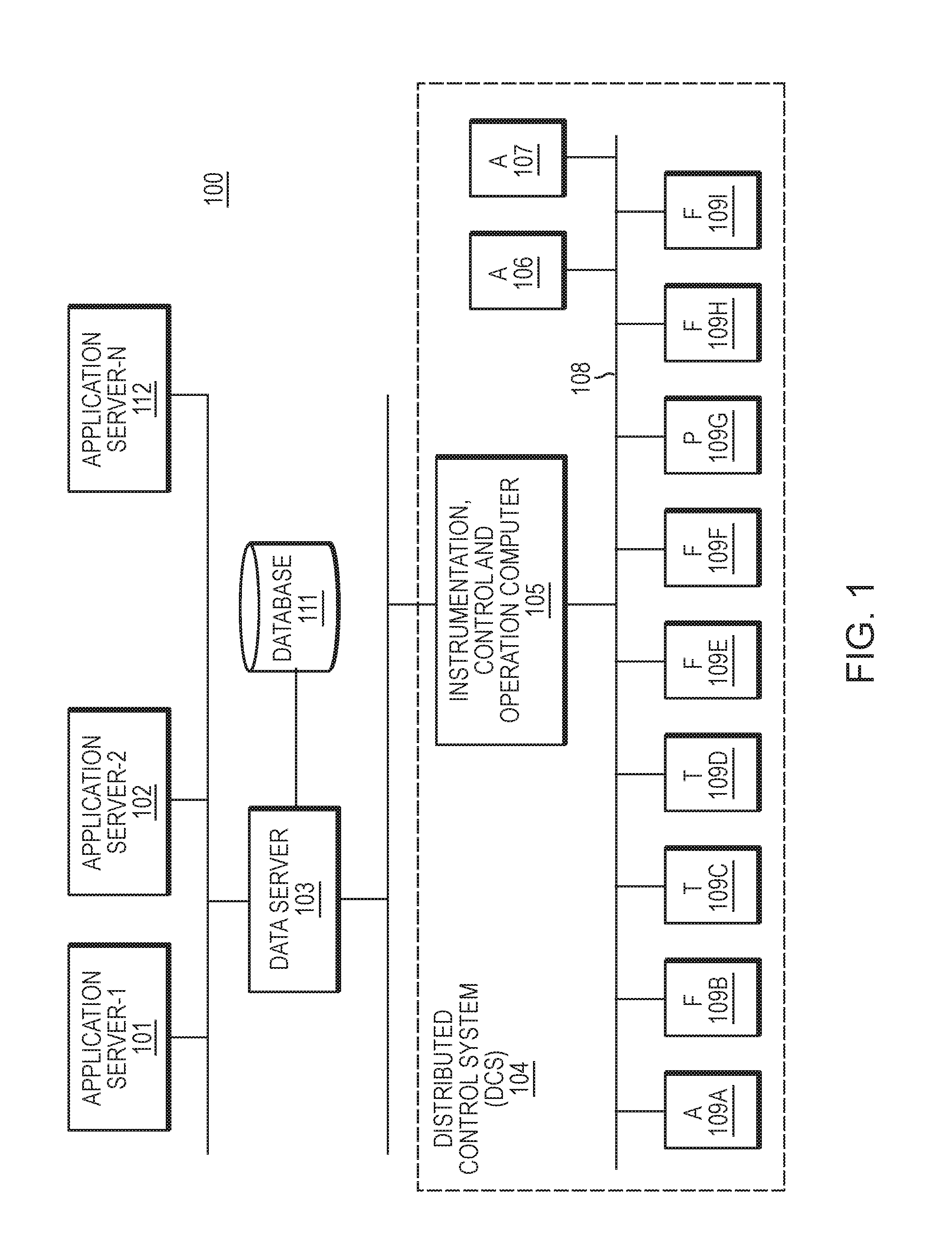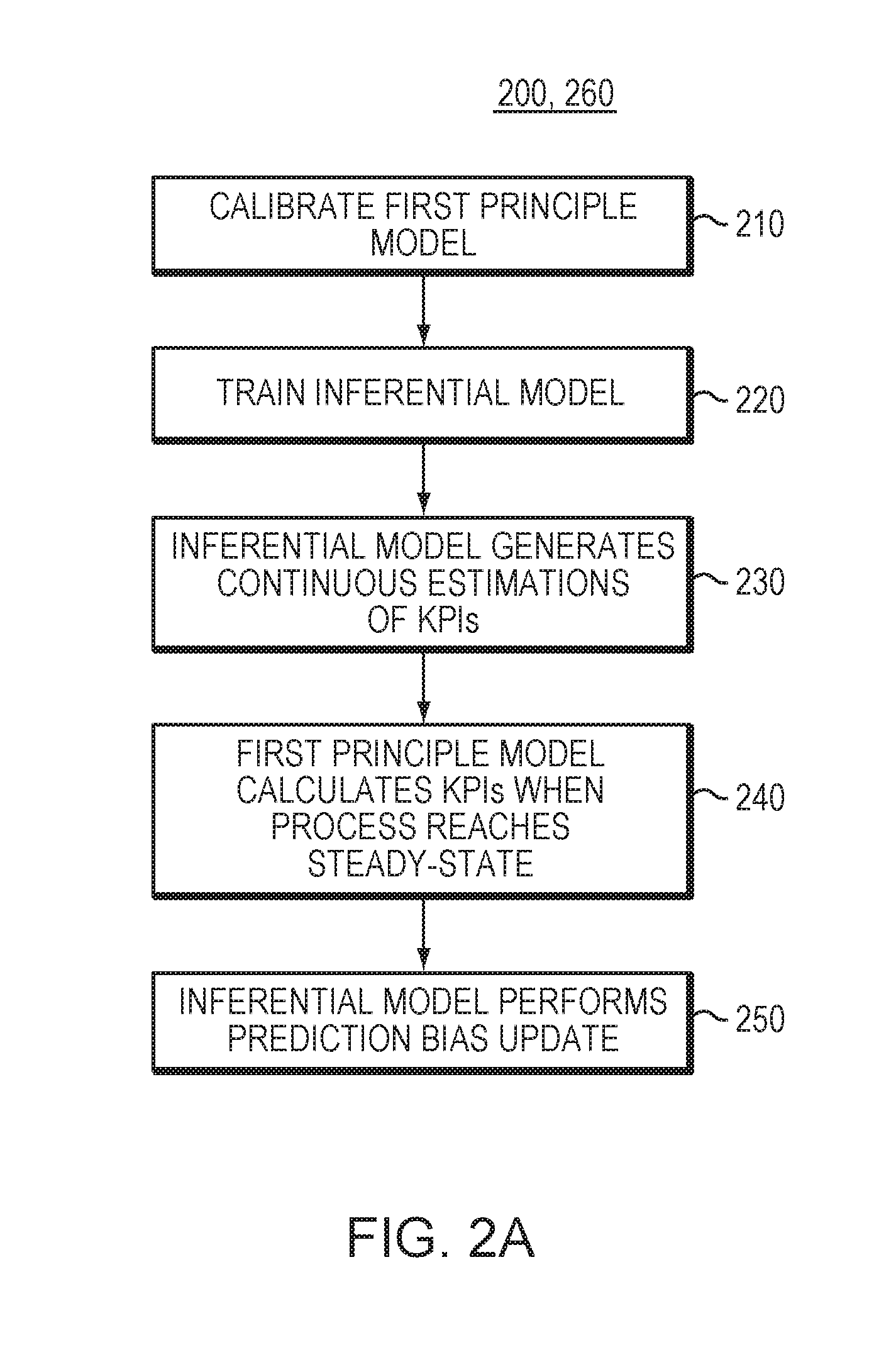Computer System And Method For Causality Analysis Using Hybrid First-Principles And Inferential Model
- Summary
- Abstract
- Description
- Claims
- Application Information
AI Technical Summary
Benefits of technology
Problems solved by technology
Method used
Image
Examples
example root
[0083]FIGS. 6A-6I illustrate performing root cause analysis of flooding in a C2 splitter, a distillation column of the ethylene manufacturing process, using the methods 200, 400, 500, 580 of FIGS. 2A, 4, and 5A-5B. As shown in FIG. 6A, there are more than forty thousand C2 splitter distillation columns in the U.S. alone, and a significant number of these distillation columns experience flooding. The flooding of a distillation column limits the capacity of the column, and may result in an unwanted plant shutdown. However, performing root-cause-analysis on C2 splitter flooding using the numerous process variable measurements across the plant, such as the 2,000 process variable measurements potentially related to the C2 splitter flooding in FIG. 6A, presents a challenge for process engineers and operators. To address this issue, the present invention determines one or more previously unmeasured indicators for identifying particular process variables for root cause analysi...
PUM
 Login to View More
Login to View More Abstract
Description
Claims
Application Information
 Login to View More
Login to View More - R&D
- Intellectual Property
- Life Sciences
- Materials
- Tech Scout
- Unparalleled Data Quality
- Higher Quality Content
- 60% Fewer Hallucinations
Browse by: Latest US Patents, China's latest patents, Technical Efficacy Thesaurus, Application Domain, Technology Topic, Popular Technical Reports.
© 2025 PatSnap. All rights reserved.Legal|Privacy policy|Modern Slavery Act Transparency Statement|Sitemap|About US| Contact US: help@patsnap.com



